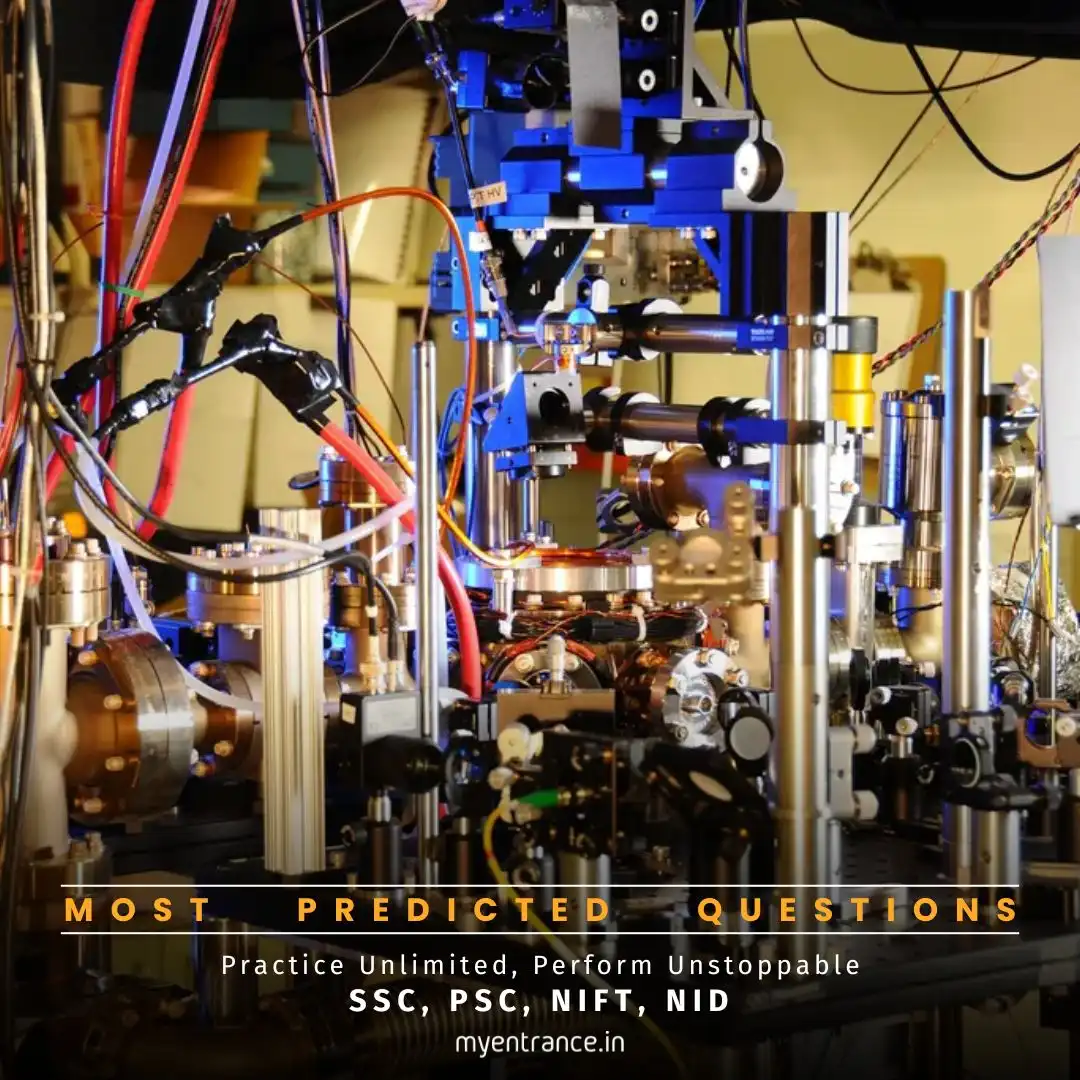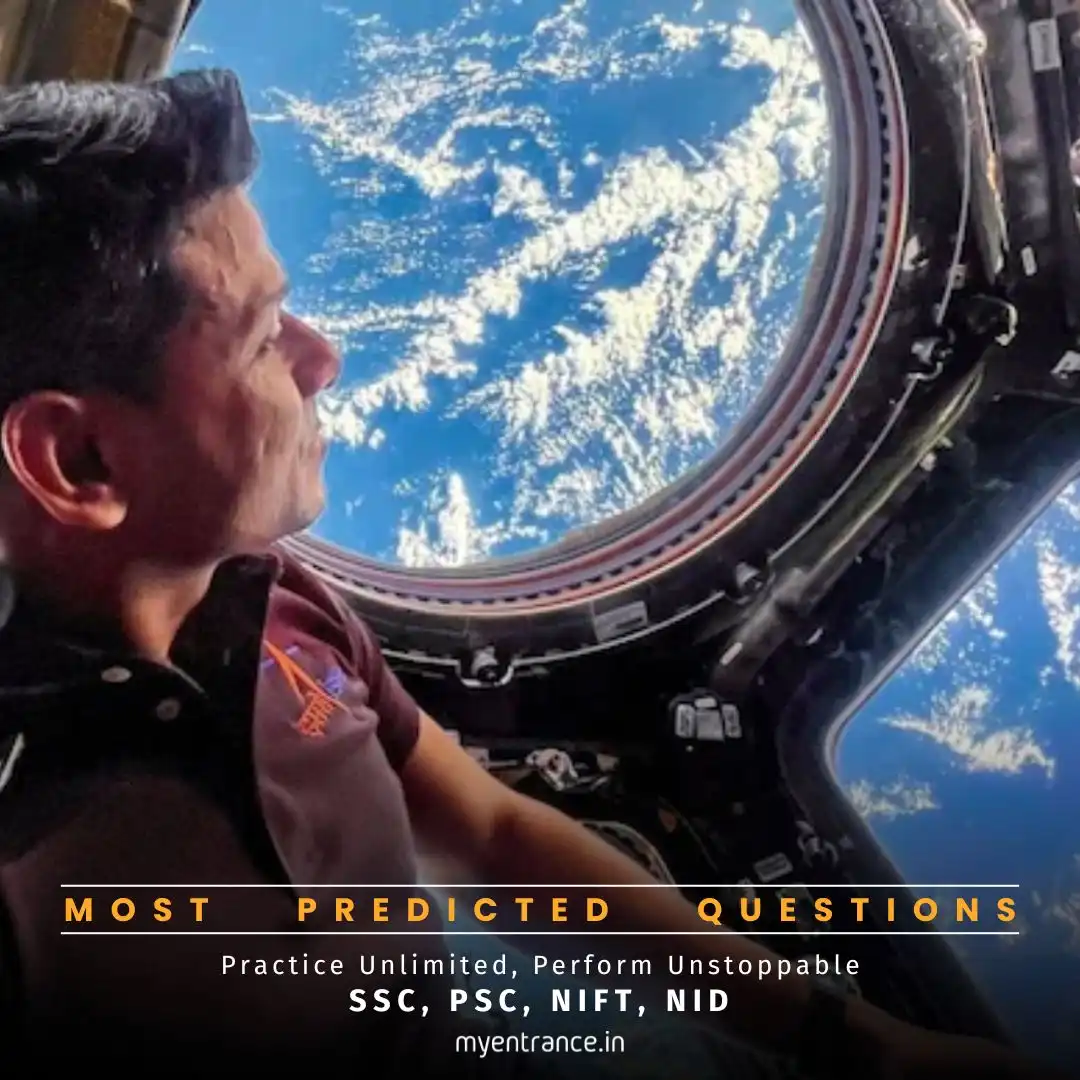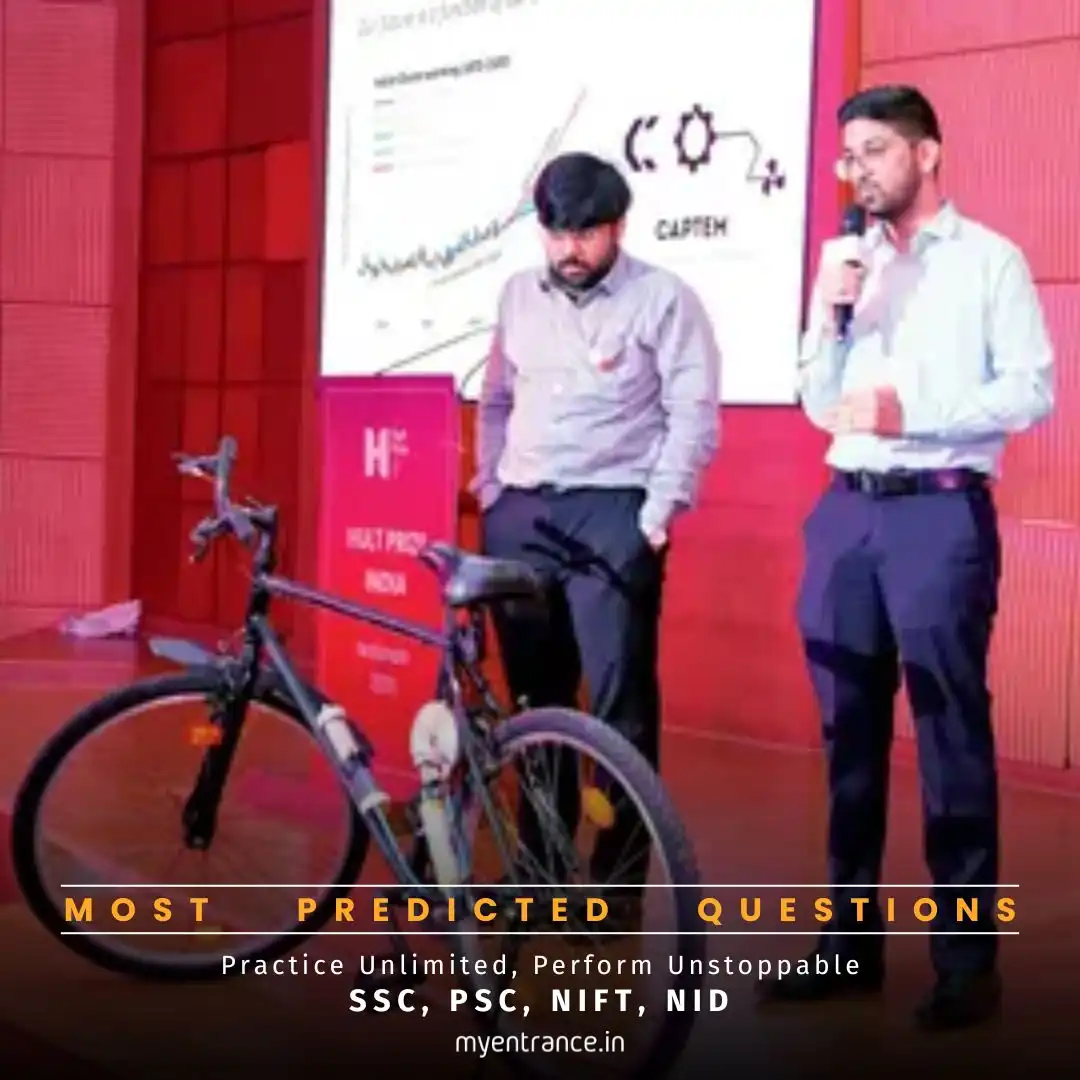Select Language
Is Dubai Offering a Lifetime Visa for Just Rs 23 Lakh? Here’s the Truth!
Atomic clocks are the most accurate timekeeping devices in the world, relying on the vibrations of atoms to measure time. They form the basis of International Atomic Time (TAI) and Coordinated Universal Time (UTC), ensuring synchronization across global systems. From GPS navigation to scientific research, atomic clocks play a vital role in modern technology—making them a key topic for competitive exams like SSC, PSC, and engineering entrance tests.

How Do Atomic Clocks Work?
Unlike traditional clocks that rely on pendulums or quartz crystals, atomic clocks measure time by tracking the resonant frequency of atoms—usually cesium or rubidium. Here’s how they function:
Energy Levels in Atoms: Electrons in atoms exist at specific energy levels. When they transition between these levels, they emit or absorb electromagnetic radiation at a precise frequency.
Resonance Frequency: Atomic clocks lock onto this frequency, using it as a “ticking” mechanism. For example, cesium atoms vibrate at 9,192,631,770 cycles per second, which defines the international standard for one second.
Global Time Standards: Networks of atomic clocks worldwide maintain International Atomic Time (TAI), while UTC (Coordinated Universal Time) adjusts for Earth’s rotation by adding leap seconds (though this will stop after 2035).
Why Are Atomic Clocks So Important?
Atomic clocks are not just scientific marvels—they have real-world applications:
GPS & Satellite Navigation: Systems like GPS (USA) and Galileo (EU) rely on atomic clocks. Even a 1-nanosecond error can cause a 30 cm (11.8 in) positional mistake because distance is calculated using the speed of light.
Financial Markets & Internet Synchronization: High-frequency trading and global communications depend on ultra-precise timing.
Space Exploration & Scientific Research: Accurate timekeeping is crucial for deep-space missions and experiments like gravitational wave detection.
Sample Questions & Answers for Competitive Exams
Q: What is the principle behind atomic clocks?
A: They measure time by tracking the resonant frequency of atoms, particularly the vibrations of electrons between energy levels.
Q: Which element is commonly used in atomic clocks to define a second?
A: Cesium-133, which vibrates at 9,192,631,770 cycles per second.
Q: How does an error in atomic clock timing affect GPS accuracy?
A: A 1-nanosecond error leads to a 30 cm (11.8 in) positional inaccuracy in GPS systems.
Q: What is the difference between TAI and UTC?
A: TAI (International Atomic Time) is purely atomic-based, while UTC (Coordinated Universal Time) includes leap seconds to match Earth’s rotation.
Q: Why will leap seconds be discontinued after 2035?
A: To simplify timekeeping, as Earth’s rotation is inconsistent, and leap seconds cause disruptions in digital systems.
Why Is This Important for Exams?
Atomic clocks are a high-value topic for competitive exams like SSC, PSC, NID, NIFT, and engineering entrances because:
They appear in general science and technology sections.
Questions often focus on GPS applications, time standards (TAI/UTC), and scientific principles.
Understanding atomic clocks helps in logical reasoning and physics-based questions.
By mastering this concept, you’ll gain an edge in both objective tests and interview rounds where cutting-edge technology is discussed.
Get 3 Months Free Access for SSC, PSC, NIFT & NID
Boost your exam prep!
Use offer code WELCOME28 to get 3 months free subscription. Start preparing today!















